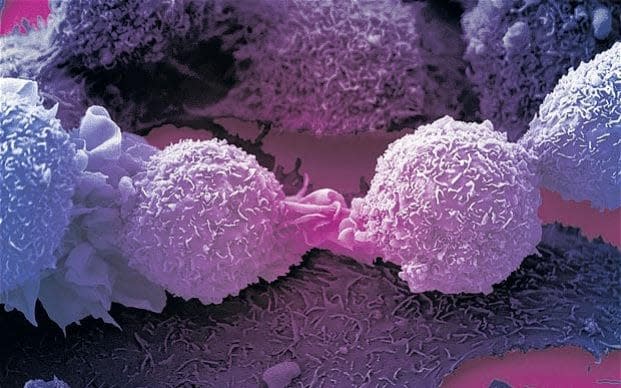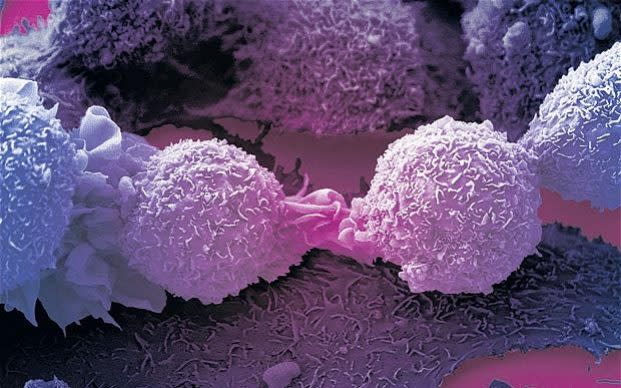Placing terminal cancer patients into hibernation could mitigate effects of radiotherapy, study claims
Terminal cancer patients could be treated more successfully and even cured by being placed into hibernation, a leading expert claims.
Scientists have found that allowing the body to enter a state of torpor significantly protects it against the toxic effects of radiotherapy. And it stops tumours from growing.
It would allow oncologists to use higher doses of radiation to kill off cancer cells without harming the patient. Italian scientists said the novel approach could one day help tens of thousands of Britons whose disease is no longer treatable.
The process has been so successful in rats that they are now planning to test it in humans and hope the treatment will be available within 10 years.
Professor Marco Durante, from the National Institute of Nuclear Physics, said: “Around 50 per cent of cancer patients have advanced cancer, so it is a large number.
Five cancer red flags to never ignore
"We all have known someone affected this way. And there is nothing that we can do with them. They have multiple metastasis in the body.
“You cannot treat all the metastasis. You cannot use surgery everywhere to remove the cancer or do radiation in all the affected parts of the body, or you will kill the patients trying to destroy the cancer.
“But if you could put the patient into synthetic torpor you could stop the cancer growing. It gives you more time.
“You also increase radio resistance. So you can treat all the different metastases without killing the patient.
“You wake up the patients and they are cured. That is our ambition.”
The radical idea follows years of research on hibernating animals, and anecdotal reports of people who have been plunged into deep freeze and survived.
There are reported cases of people experiencing much lower temperatures for significant periods of time without coming to harm.
Swedish radiologist Anna Bagenholm fell into a hole in ice where she remained for more than an hour while her body temperature fell to 13.7C, the lowest ever recorded in a living human.
Despite a slight amount of nerve injury she made a complete recovery and returned to work.
Another case involved Erika Nordby, a 13-month-old Canadian baby who toddled outside her house wearing only a nappy in sub-zero conditions. When she was found the temperature outside was minus 24C and she was considered clinically dead. She had no recordable heart beat.
After being placed under a warming blanket she returned to normal, showing no signs of serious damage. Her doctor suggested that she may have been in a hibernation-like state.
We can currently cure around 50 per cent of cancers. The problem is the other 50 per cent.
Prof Durante
Scientists think being in a resting state improves the body’s ability to repair DNA damage. The aim is to put cancer patients into a cooled deep-sleep for around a week, long enough for medics to kill their tumours with radiotherapy.
Speaking at the American Association for the Advancement of Science annual meeting in Boston, Prof Durante said: “I am very confident that if you put enough effort [it is feasible in humans].
“We can currently cure around 50 per cent of cancers. The problem is the other 50 per cent.
“If this approach works, there will be many of these patients with multiple metastases who will have hope.
“It will be a really huge step ahead."
During hibernation, a form of cold temperature deep sleep, body functions such as heart and respiration rate, metabolism and oxygen uptake all slow down.
At the molecular level, too, gene activity and protein synthesis are reduced to a crawling pace. Professor Peter Johnson, Cancer Research UK's chief clinician, said: “The effects of a technique like induced hibernation on cancers are hard to predict: they might help or hinder the treatments we use.
"We will need to see some careful experiments in laboratory models before we can say whether this would be safe or effective for people”.

 Yahoo News
Yahoo News 

